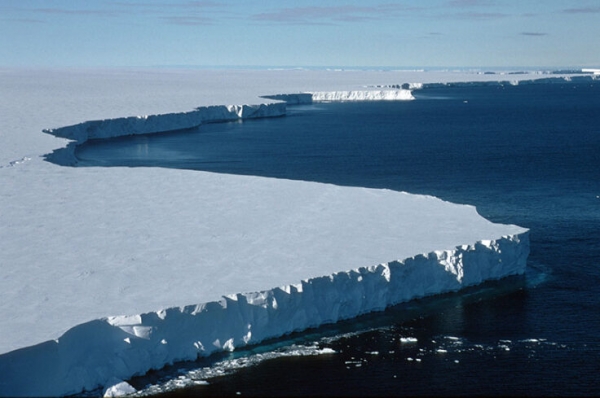Concern is rising about tipping points in the Antarctic region (Armstrong et al., 2022). Recent heatwaves, changes in the Southern Ocean, and a reduction in the extent of Antarctic sea ice suggest that we may be closing in on tipping points. These are defined as a critical threshold beyond which a system reorganises in a self-sustaining and/or irreversible manner. Once these tipping points are crossed major changes will occur, or begin to occur, in Antarctica. Alongside impacts on global sea level and climate, these changes will have consequences for ecosystems, including in important ecosystem services such as fisheries and carbon regulation.
Triggers for Antarctic Tipping Points
Changes have recently been observed in Antarctica and the Southern Ocean that may trigger tipping points. Melt from the Antarctic ice sheet, and from sea-ice loss, has slowed down parts of the Southern Ocean circulation by 30% since the 1990s (Gunn et al., 2023). Alongside this slowing, new minima in Antarctic sea-ice cover occurred both in 2022 (Turner et al., 2022) and then again in 2023, together with unprecedented Antarctic heatwave events (Wille et al., 2023). These Antarctic heat extremes, and Southern Ocean circulation and sea-ice cover changes, are not necessarily tipping points. However, on the back of global warming, these type of changes are important. At some threshold, they will push Antarctic tipping elements, including vulnerable ice shelves and glaciers, across one or more tipping points.
Read more at British Antarctic Survey
Image: Antarctic ice shelves are important tipping elements (Credit: British Antarctic Survey)


